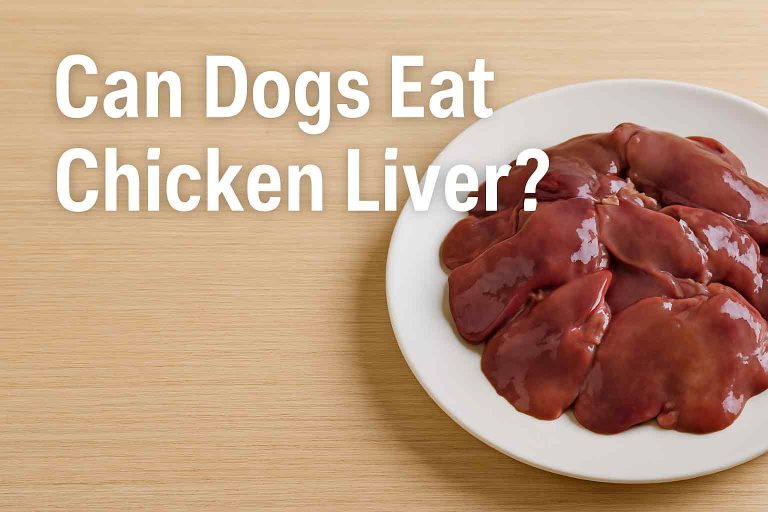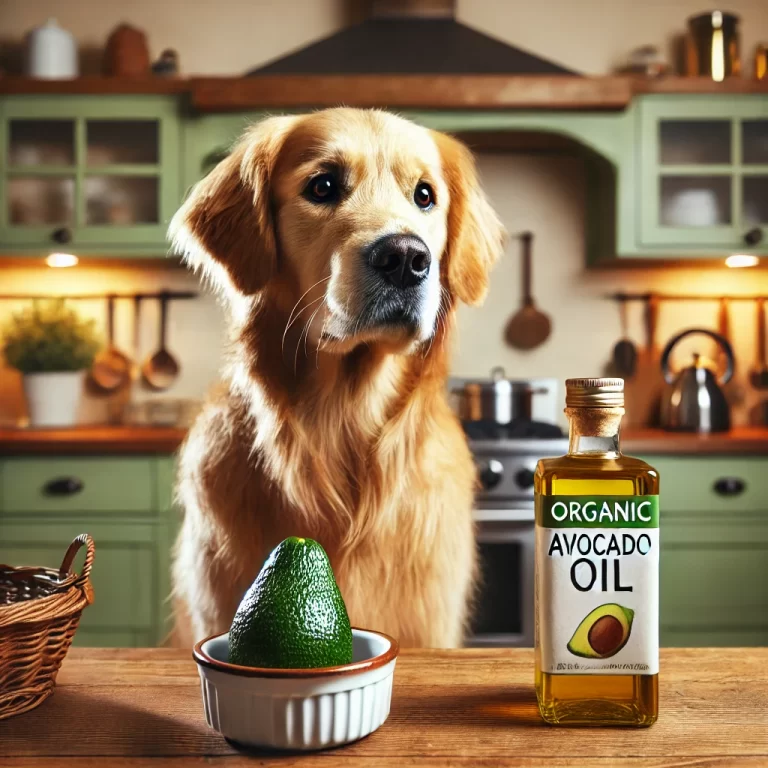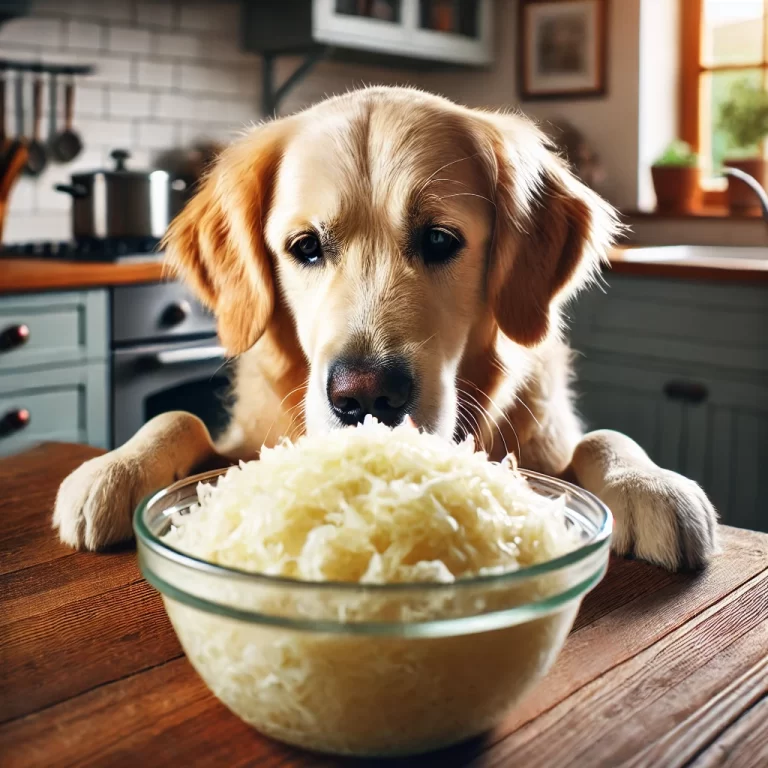Can Dogs Have Black Eyed Peas? Benefits, Risks & Feeding Guide
Table of Contents
- 1. Introduction
- 2. Are Black Eyed Peas Safe for Dogs?
- 3. Nutritional Benefits of Black Eyed Peas
- 4. Potential Risks of Feeding Black Eyed Peas
- 5. How to Prepare Black Eyed Peas for Dogs
- 6. Recommended Serving Size
- 7. Can Puppies Eat Black Eyed Peas?
- 8. Healthy Alternatives to Black Eyed Peas
- 9. What Do Vets Say?
- 10. Frequently Asked Questions
- 11. Final Thoughts
- 12. Key Takeaways
1. Introduction
Pet owners are always looking for healthy food options to enhance their dog’s diet. One such option that sparks curiosity is black eyed peas. Can dogs have black eyed peas? The short answer is yes, but there are important considerations to ensure it’s done safely and healthily. In this article, we’ll cover everything from nutritional value to preparation tips and vet advice.
2. Are Black Eyed Peas Safe for Dogs?
Yes, dogs can safely eat black eyed peas in moderation, provided they are cooked plain and served without added seasonings. These legumes are a good source of plant-based protein and fiber, but too much can cause digestive upset.
3. Nutritional Benefits of Black Eyed Peas
Black eyed peas are rich in essential nutrients that support your dog’s overall health, including:
- Protein: Supports muscle development and repair
- Fiber: Aids in digestion and supports gut health
- Vitamins: Especially folate and vitamin A
- Minerals: Including magnesium, iron, potassium, and zinc
- Antioxidants: May help reduce inflammation and support the immune system
4. Potential Risks of Feeding Black Eyed Peas
While black eyed peas offer health benefits, there are some risks to consider:
- Gas and bloating: Legumes may cause flatulence or stomach discomfort if introduced too quickly
- Salt and seasoning: Canned or seasoned beans often contain sodium, garlic, or onion—dangerous to dogs
- Overfeeding: Too much fiber can lead to loose stools or diarrhea
5. How to Prepare Black Eyed Peas for Dogs
Follow these tips to safely prepare black eyed peas for your pup:
- Use dry or frozen peas and cook them thoroughly
- Do not add salt, garlic, onions, or spices
- Rinse canned black eyed peas to reduce sodium (best to avoid canned altogether)
- Serve plain or mixed into their regular food
- Start with a small amount to assess tolerance
6. Recommended Serving Size
Serving size depends on your dog’s size and dietary needs:
- Small dogs: 1–2 tablespoons, 1–2 times a week
- Medium dogs: 2–4 tablespoons
- Large dogs: Up to 1/4 cup as an occasional treat
Always consult your vet before making dietary changes.
7. Can Puppies Eat Black Eyed Peas?
Puppies have more sensitive digestive systems, so it’s best to avoid black eyed peas until they’re at least six months old. Introduce them slowly and in tiny amounts. Always observe for any digestive upset or allergies.
8. Healthy Alternatives to Black Eyed Peas
If your dog doesn’t tolerate black eyed peas well or you want to offer variety, consider these alternatives:
- Green beans
- Cooked carrots
- Sweet potatoes
- Peas (green or split)
- Pumpkin (plain, not pie filling)
9. What Do Vets Say?
Most veterinarians agree that black eyed peas can be a healthy supplement to your dog’s diet when offered properly. However, they emphasize:
- Use them as an occasional treat, not a primary food source
- Always avoid seasonings
- Watch for allergies or gastrointestinal issues
- Balance with a complete and nutritionally sound diet
10. Frequently Asked Questions
Can dogs eat canned black eyed peas?
It’s best to avoid canned versions due to high sodium and potential additives. If used, rinse thoroughly and feed in moderation.
How often can I give black eyed peas to my dog?
1–2 times per week in small portions is usually safe for healthy dogs.
Are black eyed peas good for dogs with sensitive stomachs?
Some dogs may experience gas or upset. Start slowly and monitor your dog’s reaction.
11. Final Thoughts
Can dogs have black eyed peas? Yes—if served plain and in moderation, they can be a nutritious addition to your dog’s meal rotation. Always prioritize balanced nutrition and consult your vet before introducing new foods. With the right approach, black eyed peas can support your dog’s digestion, provide plant-based protein, and add variety to their diet.
12. Key Takeaways
- Dogs can safely eat plain, cooked black eyed peas
- Rich in protein, fiber, vitamins, and minerals
- Introduce gradually and serve in moderation
- Avoid salt, garlic, onions, and other additives
- Always check with your veterinarian before making dietary changes







